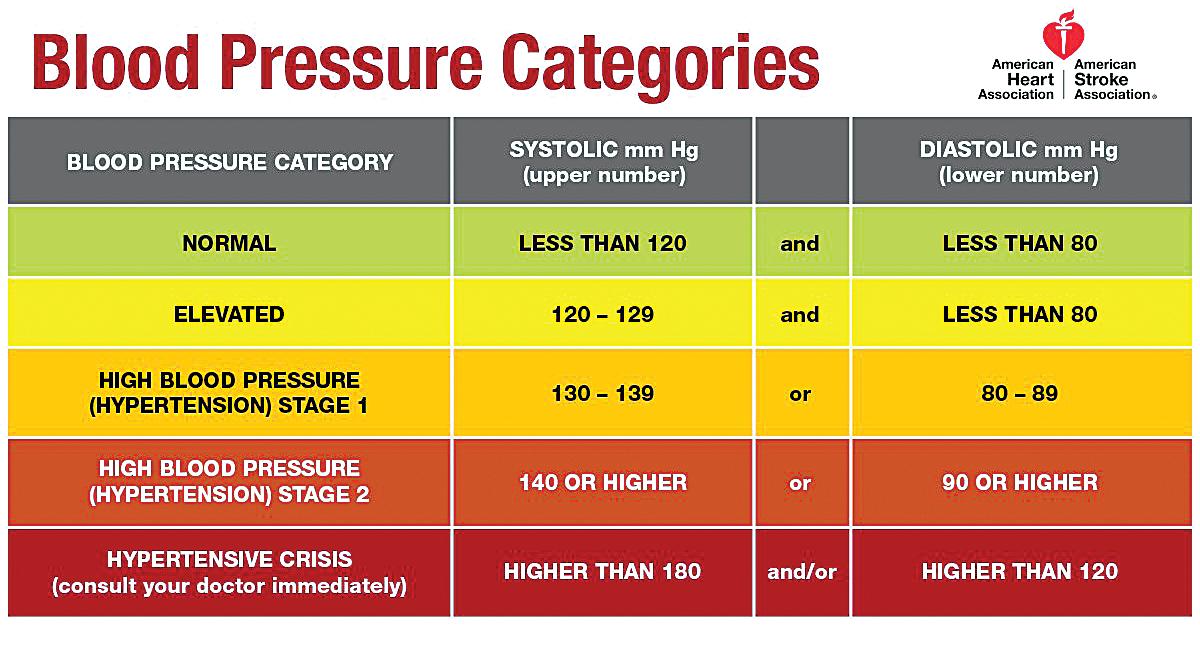
1 minute read
Going Lower The Newest Guidelines for High Blood Pressure
Medical experts recently changed the blood pressure reading considered to show high blood pressure, or hypertension.
The change, announced in November by the American College of Cardiology and the American Heart Association, calls for blood pressure readings to be targeted at or below 120/80 rather than 140/90, which was the previous target cap.
The take-away from both organizations: Monitor elevated blood pressure now and avoid waiting to treat high blood pressure later.
Elevated blood pressure, previously called prehypertension, calls for treatment that includes key lifestyle changes. For some patients, medication will be part of their new program.
“Hypertension is the number one cardiovascular [heart and blood vessel] risk factor for death and disability from heart attack and stroke,” said Dr. Basil Margolis, Director, Emory Cardiac Rehabilitation Program. He also works as an assistant professor at Emory University School of Medicine.
Margolis added, “... [this is] information that all physicians require to optimize the management of high blood pressure in their patients. Needless to say, this is particularly relevant for the more senior members of our society today. The new 2017 hypertension guidelines will help prevent the devastating effects of this condition.”

There’s no question that treating elevated blood pressure is an important step in helping to lower the risk of cardiovascular disease, many heart experts say.
But they believe more can be done when it comes to prevention.
“Those people [at 130/80 to 139/89] are already at double the risk of a heart attack,” said Dr. Paul Whelton, the lead author of the new guidelines, during an American Heart Association (AHA) interview following November’s announcement.
“We’re taking what was previously pre-hypertension, and taking the upper end of that and [we’ve] said that is now Class [or Stage] 1 Hypertension,” he explained.
This new definition will result in nearly half of the U.S. adult population—46 percent—being classified as having high blood pressure, according to the American College of Cardiology.
To quote the American Heart Association, “The new guidelines ... [help to] lower the definition of high blood pressure to account for complications that can occur at lower numbers and allow for earlier intervention.”











